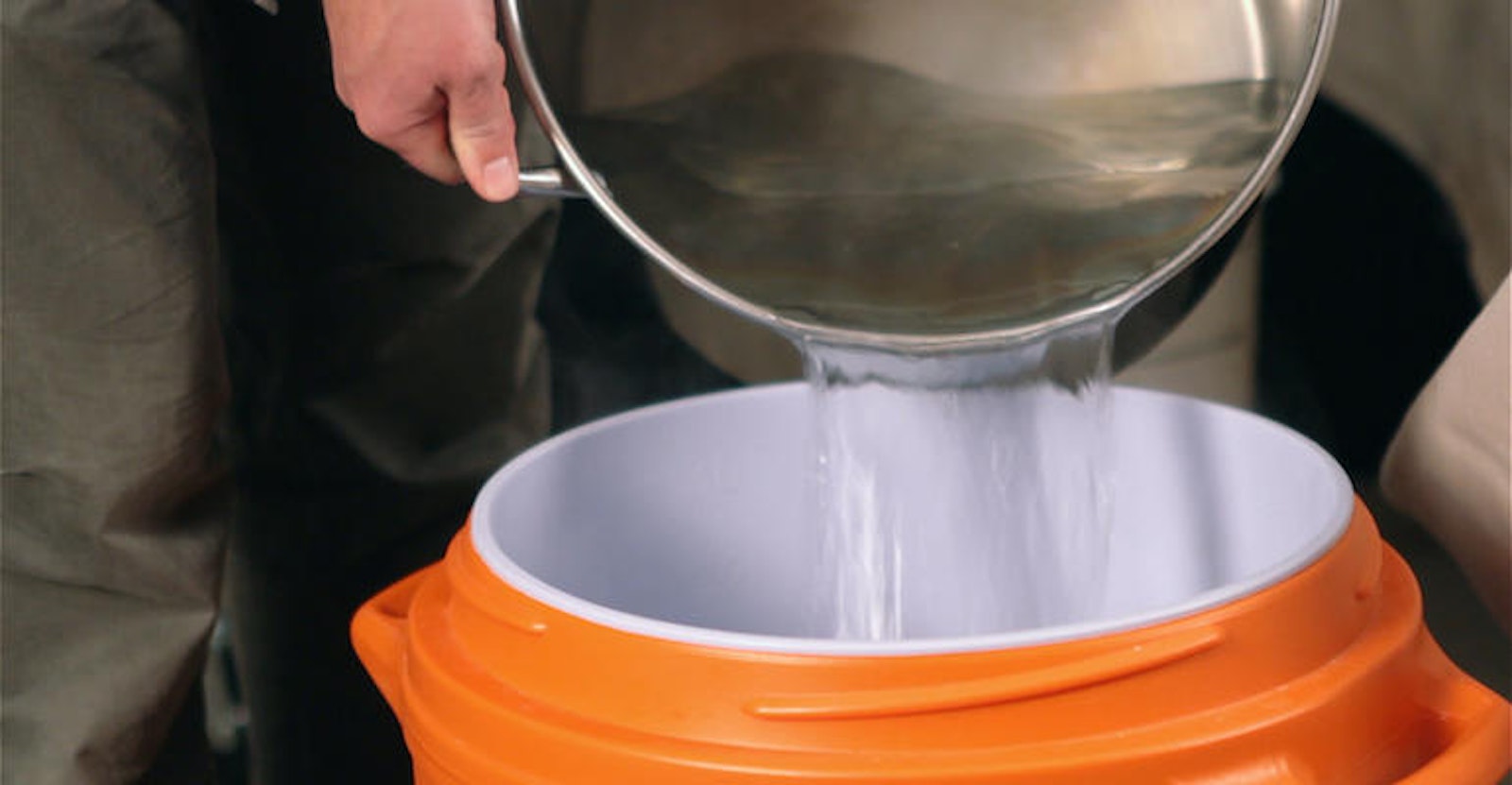Brewers love to describe the mundane with esoteric terms. We say we pitch yeast, when pouring is more descriptive. Milled grain is hydrated with hot strike water, but there’s nothing terribly striking about mashing in, unless the preparation of oatmeal arrests your attention, in which case, prepare to have your mind blown. And then there is brewing liquor, which is not what you nip from your flask on a cold brew day, but rather treated water used throughout the brew process. If you don’t treat your water, then brewing liquor is just water, plain and simple.
But the terms lautering and sparging live up to their mystery and can cause confusion, especially for new all-grain brewers. Here’s the lowdown on lautering and the skinny on sparging.
Lauter
Lauter comes from the German word abläutern, meaning roughly “to rinse off” or purify. Lautering refers to the process of separating sweet wort from the grain bed. In commercial breweries, the mash is frequently pumped from the mash tun to a dedicated lauter tun, freeing the mash tun for a new brew. Homebrewers typically mash and lauter in the same vessel, called a mash-lauter tun, or MLT. The key piece of equipment that enables a mash tun to do double duty as a lauter tun is the false bottom, screen, manifold, or braid.
Sparge
Sparge derives from the Latin spargere, meaning “to sprinkle or scatter,” and refers to the practice of sprinkling hot water over the grain bed to rinse sugars off of the grains as wort is drained from the lauter tun. Among brewers, the definition of sparging expands to mean any means of rinsing sugar from grain. As such, it is usually divided into one of three methods.
No-sparge brewing
No-sparge brewing avoids rinsing altogether. The mash is conducted with the full volume of water that goes into the boil kettle. This convenience comes at the price of reduced efficiency and larger equipment requirements.
Fly-sparge brewing
Fly-sparge (or continuous-sparge) brewing is the traditional German method of sprinkling hot water over the top of the grain bed while wort is drained from the bottom. This results in a continuous rinsing of sugars from top to bottom. Fly sparging is generally the most efficient sparge method but requires somewhat more careful monitoring than others.
Batch-sparge brewing
Batch-sparge brewing comes from the traditional British practice of parti-gyle brewing (getting multiple beers out of the same mash and boiling successive runnings separately). In batch sparging, two or three separate runnings are combined into a single wort. Batch sparging is sometimes a touch less efficient than fly sparging, but with practice, it can be as good or better.
Note that sparging is itself part of the overall lautering process. Selecting a sparge method is simply a matter of doing what works best for you and your equipment. The most important aspect is keeping good notes so that you understand how your system behaves. Knowing what to expect from your brewery is key to developing recipes and achieving consistency from one batch to the next.








